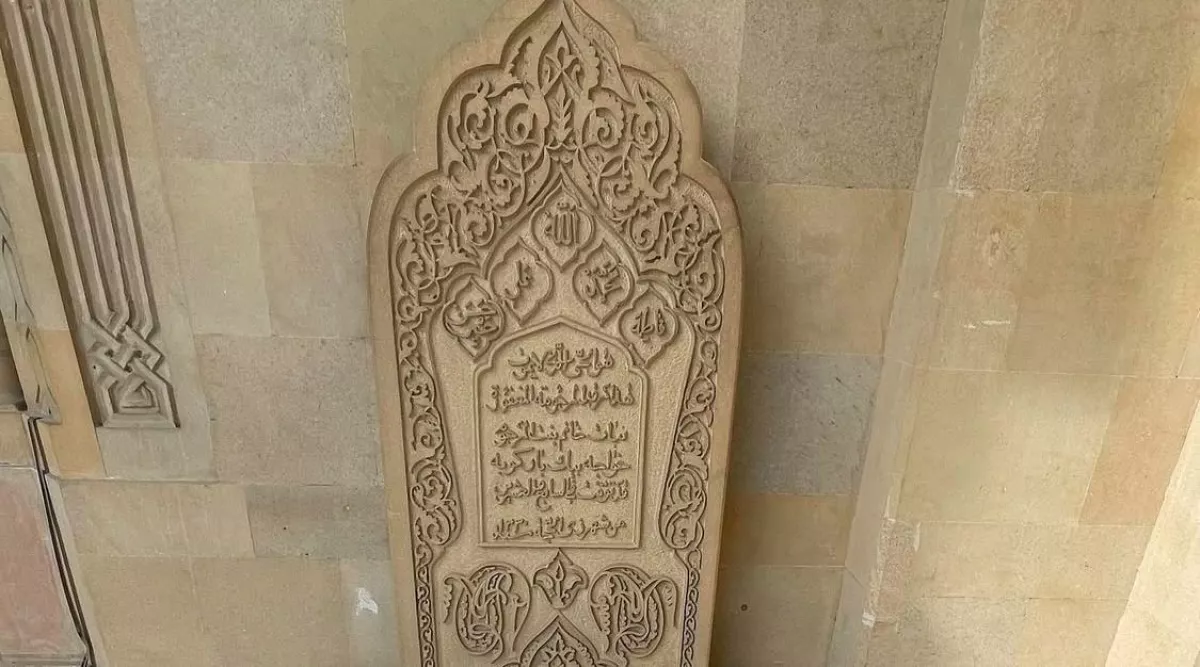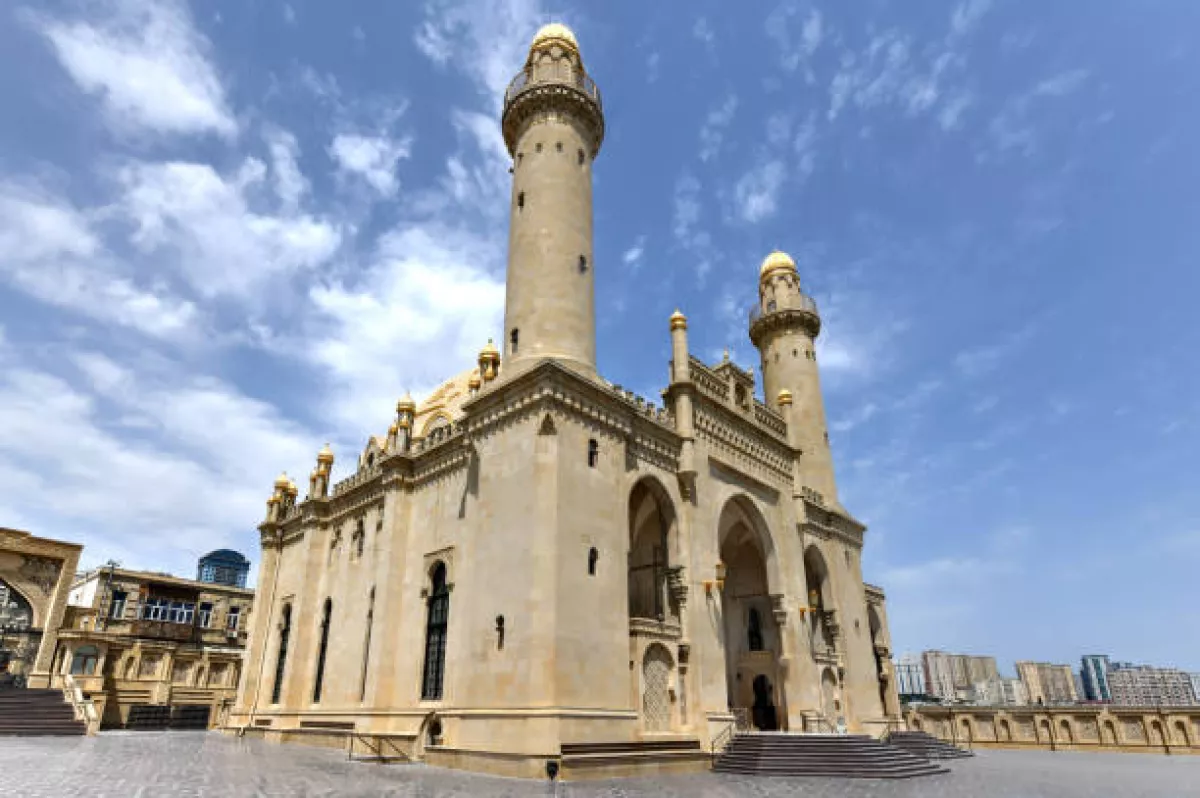Architectural gem of Baku: The history of the Rzayev family mansion A journey into history on Caliber.Az
The early 20th century — the era of the oil boom in Baku — was marked by the construction of luxurious mansions and apartment buildings. These structures belonged to wealthy oil industrialists, merchants, and philanthropists. Their architecture featured exquisite decor, blending elements of Eastern and European styles. Most of the buildings were designed by renowned architects of the time.

Particular attention was paid to facades, stucco work, stained glass, and interior design. These houses became symbols of a new urban aesthetic and a testament to Baku’s economic prosperity. Today, they represent a valuable part of the city’s architectural heritage.
One of the brightest architectural masterpieces is rightly considered to be the mansion of the Rzayev family. Its owner, Haji Abbasgulu Rzayev, was not only an influential entrepreneur but also a prominent figure in the history of Baku’s oil industry. He was a co-owner of the oil company "Islamia".

Mother of Abbasgulu — Nabat Khanum Ashurbeyova — came from an old noble family and gained renown for her charitable work. It was at her initiative that construction began on the famous Taza Pir Mosque, which remains one of Baku’s main architectural landmarks and spiritual centres to this day.

Following Nabat Khanum’s death in 1912, her son Abbas-Gulu Rzayev took over the mosque’s construction and successfully completed the project in 1914.
In the early 20th century, at the intersection of Stanislavsky Street (now Azadlig Avenue) and Birzhevaya Street (now Uzeyir Hajibeyli Street), the majestic three-storey Rzayev family mansion was built. The building quickly became one of the most notable in the cityscape, embodying the flourishing of architectural eclecticism.
The façade impresses with the elegance and restraint of classical forms, constructed according to the principles of the classical order system. Fine detailing, harmonious proportions, and a balanced composition give the building an air of aristocratic grandeur.
A particularly striking architectural feature is the luxurious two-storey stone balcony, adorned with refined decorative elements reflecting the influence of European fashion of the era.

In the 1950s, a fourth floor was added to the building. Designed with meticulous attention to historical detail, the extension blended seamlessly into the overall architectural appearance, preserving the stylistic unity of the mansion.
The interiors of the mansion deserve special attention. Some rooms are designed in the style of the Shirvan-Absheron architectural school, which masterfully combines Eastern motifs with elements of Art Nouveau. The spacious, light-filled halls are adorned with magnificent tiled stoves and fireplaces, remarkable for their refined craftsmanship and artistic elegance. Even a century later, their beauty remains undiminished — they continue to evoke an atmosphere of nobility and aesthetic sophistication.
One of the building’s most intriguing and rare architectural features is a covered bridge connecting the upper floors of the two stairwells. This element is not only functional but also adds a unique charm and originality to the structure.
In the early 20th century, the mansion also housed the Baku Jewish Charitable Society, chaired by the respected Rabbi L. M. Berger. This fact once again highlights the building’s significance not only as a residence but also as a cultural and social hub.
Today, the Rzayev mansion continues to adorn the city, remaining one of Baku’s brightest architectural gems. Its history, noble appearance, and refined architecture make it an integral part of the city's cultural landscape.
The houses built during the oil boom by outstanding architects still lend Baku a special charm, reminding us of a time of rapid growth, cultural revival, and architectural flourishing.
By preserving these buildings, we are safeguarding not only their beauty but also the memory of the people who shaped the grandeur of the Azerbaijani capital. Their story is the story of Baku’s golden age.
Based on materials by Stasia Orlova-Stroganova.
Vahid Shukurov, exclusively for Caliber.Az








